|
[1]
|
O. Johnell and J. A. Kanis, An estimate of the worldwide prevalence and disability associated with osteoporotic fractures, Osteoporosis Int., 17 (2006), 1726–1733.
|
|
[2]
|
B. Abrahamsen, P. Vestergaard, B. Rud, et al., Ten-year absolute risk of osteoporotic fractures according to BMD T score at menopause: The danish osteoporosis prevention study, J. Bone Miner Res., 21 (2006), 796–800.
|
|
[3]
|
J. A. Kanis, H. Johansson, A. Oden, et al., A family history of fracture and fracture risk: A meta-analysis, Bone, 35 (2004), 1029–1037.
|
|
[4]
|
J. A. Kanis, O. Johnell, C. De Laet, et al., A meta-analysis of previous fracture and subsequent fracture risk, Bone, 35 (2004), 375–382.
|
|
[5]
|
J. A. Kanis, H. Johansson, A. Oden, et al., A meta-analysis of prior corticosteroid use and fracture risk, J. Bone Miner Res., 19 (2004), 893–899.
|
|
[6]
|
J. A. Kanis, H. Johansson, O. Johnell, et al., Alcohol intake as a risk factor for fracture, Osteoporosis Int., 16 (2005), 737–742.
|
|
[7]
|
J. A. Kanis, O. Johnell, A. Oden, et al., Smoking and fracture risk: A meta-analysis, Osteoporosis Int., 16 (2005), 155–162.
|
|
[8]
|
R. E. Cole, Improving clinical decisions for women at risk of osteoporosis: dual-femur bone mineral density testing, J. Ost. Ass, 108 (2008), 289–295.
|
|
[9]
|
K. Ikedaand S. Takeshita, Factors and mechanisms involved in the coupling from bone resorption to formation: how osteoclasts talk to osteoblasts, J. Bone Miner. Metab., 21 (2014), 163–167.
|
|
[10]
|
T. Sudaand N. Takahashi, Origin of osteoclasts and the role of osteoblasts in osteoclast differentiation, J. Orthop. Sci., 65 (1991), 261–270.
|
|
[11]
|
E. Terposand E. Voskaridou, Interactions between osteoclasts, osteoblasts and immune cells: implications for the pathogenesis of bone loss in thalassemia, Pediatr. Endocr. Rev. P., 6 Suppl 1 (2008), 94–106.
|
|
[12]
|
X. F. Chen, D. L. Zhu, M. Yang, et al., An Osteoporosis Risk SNP at 1p36.12 Acts as an Allele-Specific Enhancer to Modulate LINC00339 Expression via Long-Range Loop Formation, Am. J. Hum. Genet., 102 (2018), 776–793.
|
|
[13]
|
T. Uranoand S. Inoue, Genetics of osteoporosis, Biochem. Bioph. Res. Co., 452 (2014), 287–293.
|
|
[14]
|
A. D. Real, L. Rianchozarrabeitia, L. Lopezdelgado, et al., Epigenetics of skeletal diseases, Curr. Osteoporos. Rep., 16 (2018), 246–255.
|
|
[15]
|
D. Bellavia, A. De Luca, V. Carina, et al., Deregulated miRNAs in bone health: Epigenetic roles in osteoporosis, Bone, 122 (2019), 52–75.
|
|
[16]
|
S. Reppe, T. G. Lien, Y. H. Hsu, et al., Distinct DNA methylation profiles in bone and blood of osteoporotic and healthy postmenopausal women, Epigenetics-US, 12 (2017), 674–687.
|
|
[17]
|
S. D. Jiang, L. S. Jiangand L. Y. Dai, Effects of spinal cord injury on osteoblastogenesis, osteoclastogenesis and gene expression profiling in osteoblasts in young rats, Osteoporosis Int., 18 (2007), 339–349.
|
|
[18]
|
Y. Bae, T. Yang, H. C. Zeng, et al., miRNA-34c regulates Notch signaling during bone development, Hum. Mol. Genet., 21 (2012), 2991–3000.
|
|
[19]
|
X. Ji, X. Chenand X. Yu, MicroRNAs in Osteoclastogenesis and Function: Potential Therapeutic Targets for Osteoporosis, Int. J. Mol. Sci., 17 (2016), 349.
|
|
[20]
|
Y. Xiu, H. Xu, C. Zhao, et al., Chloroquine reduces osteoclastogenesis in murine osteoporosis by preventing TRAF3 degradation, J. Clin. Invest., 124 (2014), 297–310.
|
|
[21]
|
P. D'Amelio, A. Grimaldi, S. Di Bella, et al., Estrogen deficiency increases osteoclastogenesis up-regulating T cells activity: a key mechanism in osteoporosis, Bone, 43 (2008), 92–100.
|
|
[22]
|
Y. Z. Liu, Y. Zhou, L. Zhang, et al., Attenuated monocyte apoptosis, a new mechanism for osteoporosis suggested by a transcriptome-wide expression study of monocytes, PloS one, 10 (2015), e0116792.
|
|
[23]
|
J. Wang, S. Vasaikar, Z. Shi, et al., WebGestalt 2017: a more comprehensive, powerful, flexible and interactive gene set enrichment analysis toolkit, Nucleic Acids Res., 45 (2017), W130–W137.
|
|
[24]
|
D. Szklarczyk, J. H. Morris, H. Cook, et al., The STRING database in 2017: quality-controlled protein-protein association networks, made broadly accessible, Nucleic Acids Res., 45 (2017), D362–D368.
|
|
[25]
|
K. Yokota, Inflammation and osteoclasts, J. Clin. Immunol., 40 (2017), 367–376.
|
|
[26]
|
E. W. Bradley, L. R. Carpio, A. J. van Wijnen, et al., Histone Deacetylases in Bone Development and Skeletal Disorders, Physiol. Rev., 95 (2015), 1359–1381.
|
|
[27]
|
N. C. Blixt, B. K. Faulkner, K. Astleford, et al., Class II and IV HDACs function as inhibitors of osteoclast differentiation, PloS one, 12 (2017), e0185441.
|
|
[28]
|
C. W. Dessauer, M. Chen-Goodspeed and J. Chen, Mechanism of Galpha i-mediated inhibition of type V adenylyl cyclase, J. Biol. Chem., 277 (2002), 28823–28829.
|
|
[29]
|
G. Ramaswamy, H. Kim, D. Zhang, et al., Gsalpha controls cortical bone quality by regulating osteoclast differentiation via cAMP/PKA and β-Catenin pathways, Sci. Rep-UK, 7 (2017), 45140.
|










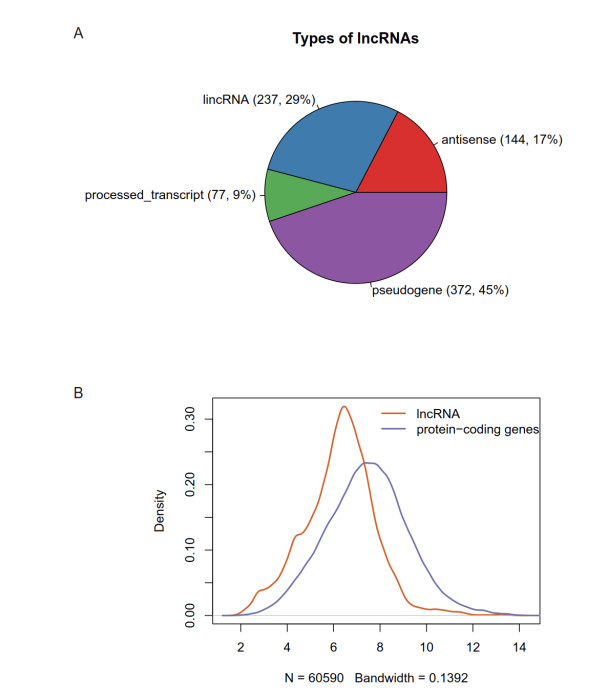
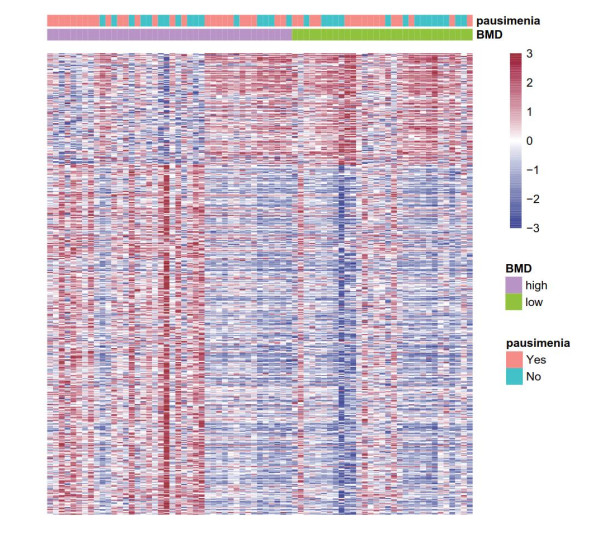
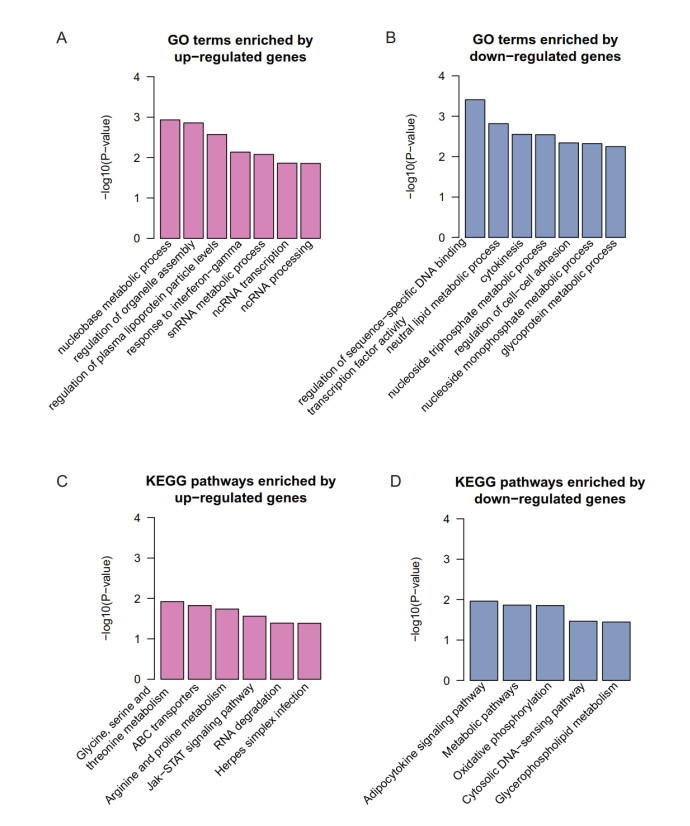
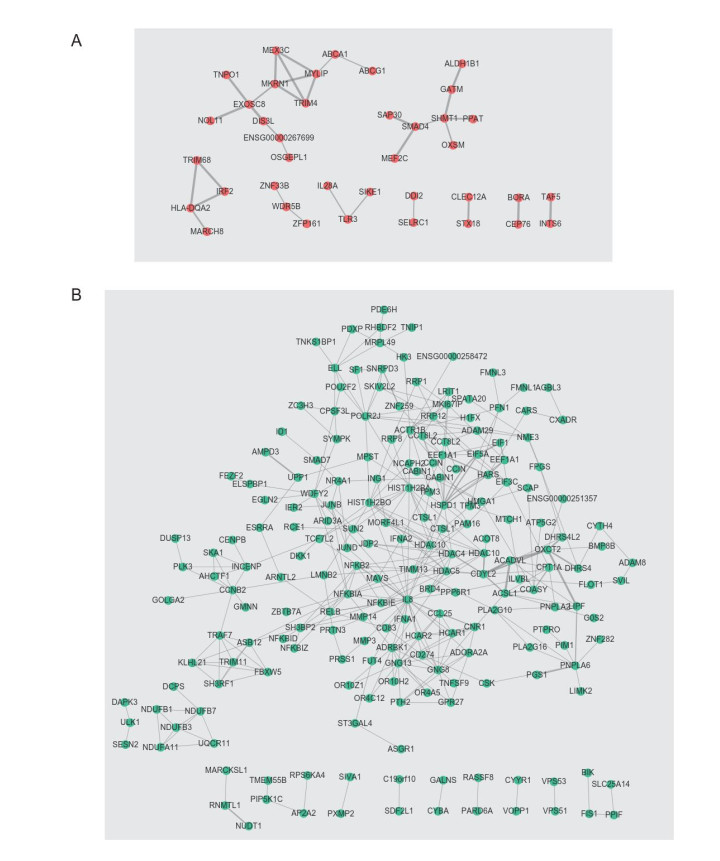
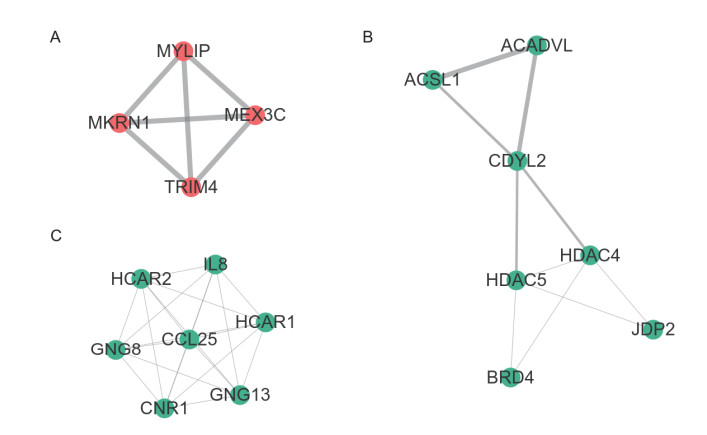
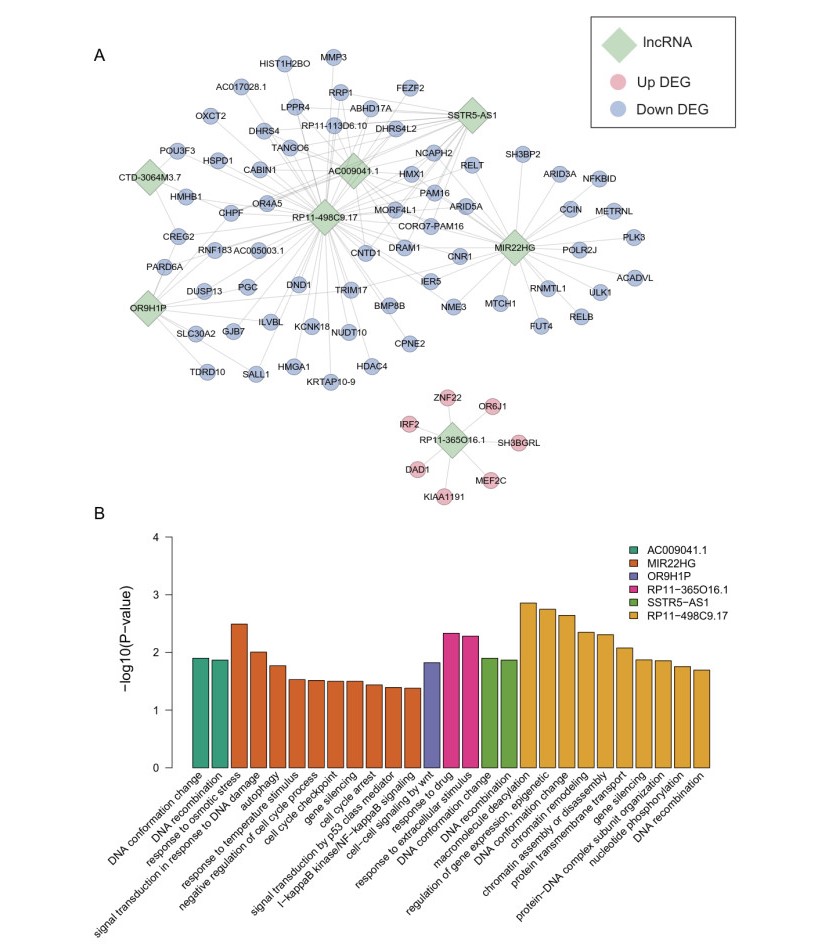


 DownLoad:
DownLoad: